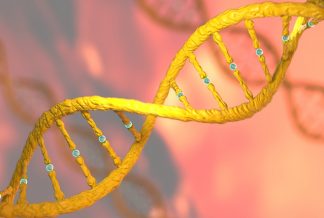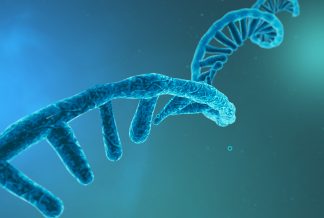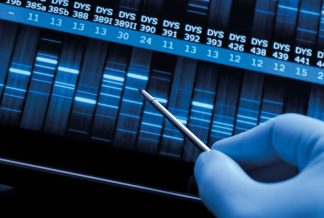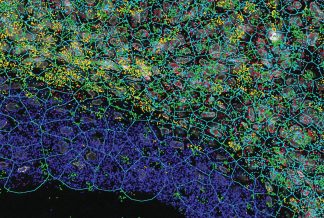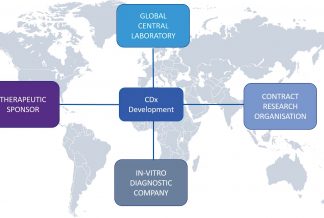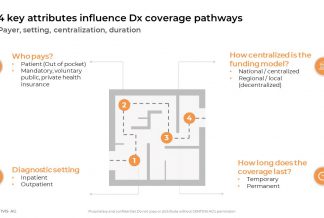IPM Magazine
Volume 09, Issue No. 3, June 2022
In this issue we explore how the advent of digital pathology will not only improve efficiencies of scale, save time, reduce workloads, create more precise and accurate diagnoses, but will provide insights that will ultimately pave the way for a deeper pipeline of targeted therapeutic candidates.
Damian Doherty
Editor in ChiefBrowse the print magazine as a flipbook






![AI Algorithm Could Reduce Breast Cancer Mammogram False Positive Rate The primary goal of the Paradigm Registry is to accelerate tumor profiling based on disease biology. [iStock/LilliDay]](https://www.insideprecisionmedicine.com/wp-content/uploads/2019/01/307-218x150.jpeg)



